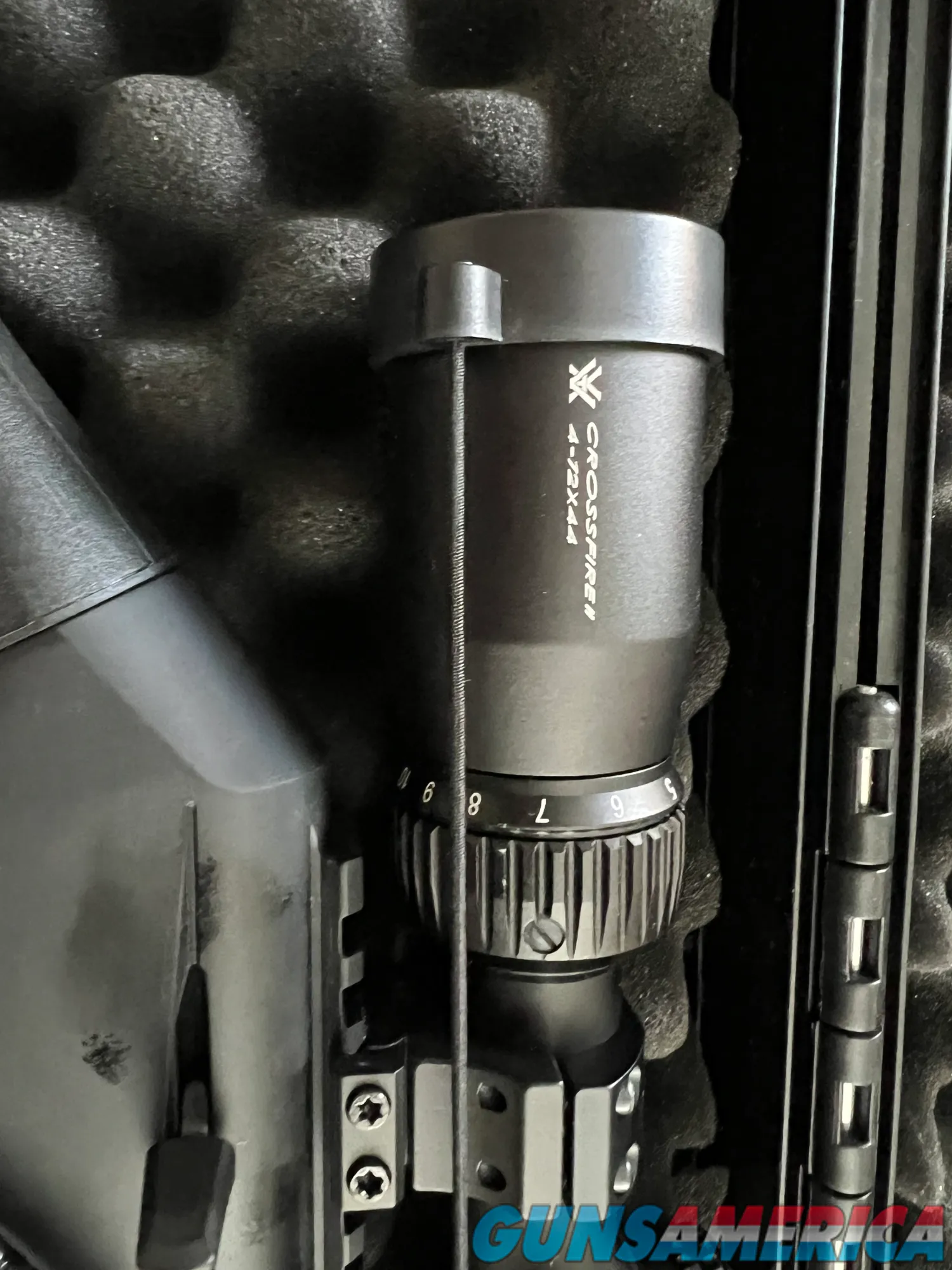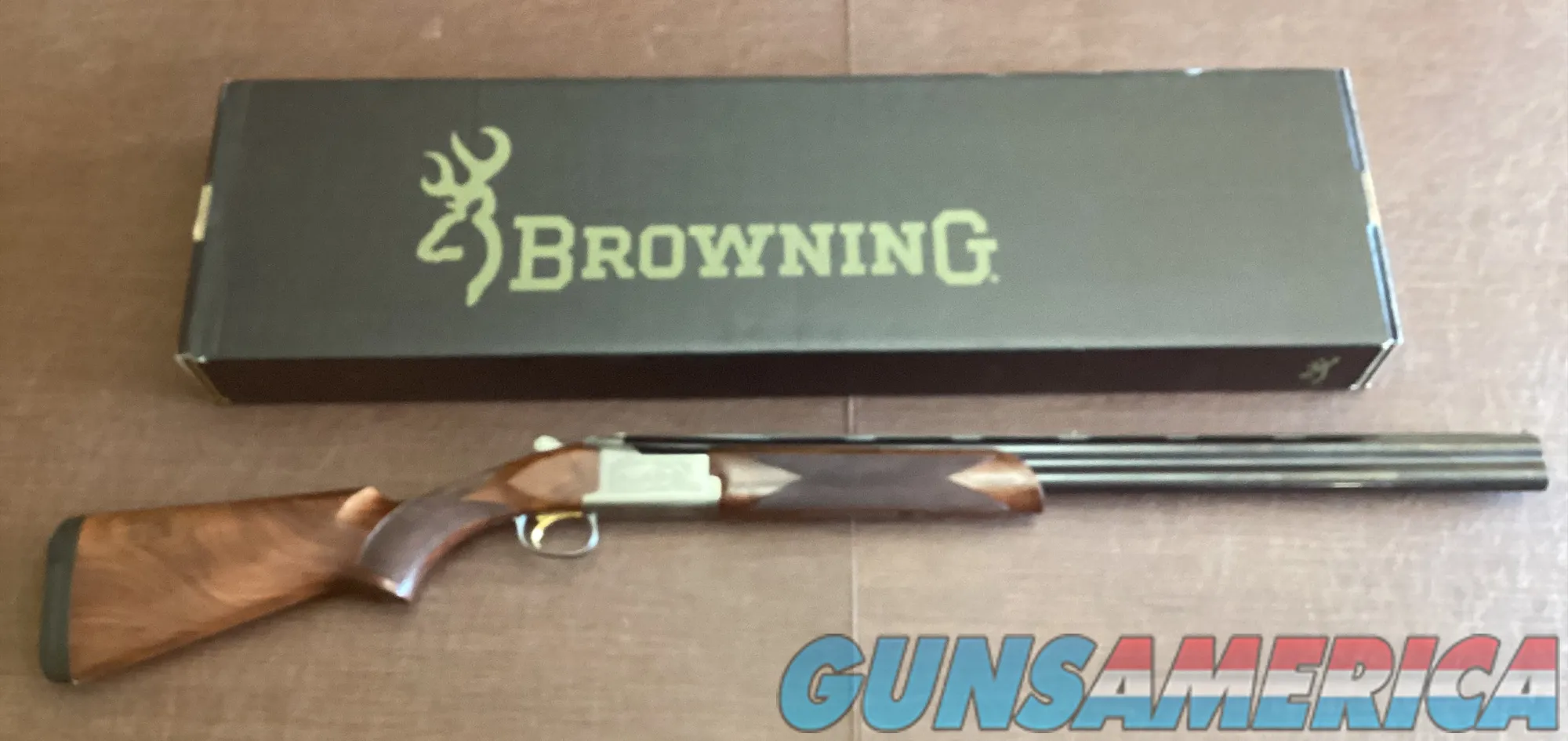Estimated reading time: 10 minutes
Baiting deer is legal in a lot of states. If you happen to reside in one of those, you’ve probably considered adding baiting to your hunting repertoire. As with any hunting-related practice, baiting does have a certain technique to it. Consider this your one-stop shop for the basics of baiting from feeder placement to additional supplements to try out.

Table of contents
What Is Deer Baiting?
Let’s pause and consider what baiting deer really means. If you ask many hunters, odds are good they’d say baiting is dumping a pile of corn on the ground—and that it’s cheating. If we want to get right down to it, the truth is that baiting is any form of purposefully placed food designed to draw in animals. That means a feeder full of corn, a salt lick, a pile of apples, and a carefully planted food plot could all be considered baiting. For legal purposes, the food plots are generally not considered baiting, but if we’re being honest—they are. For the purposes of this article, we’re talking about bait via feeders or strategically placed piles or trails of food (usually corn).

Is Baiting Deer Legal?
Yes, baiting is legal in about half the country. Certain states and counties do have specific guidelines regarding what baiting is okay and where it can be done, so it’s a smart move to check your local regulations. Once you’re confident you understand the law regarding what can be used, where, and when, then you can make your baiting game plan.
As an example of what you might find in your area, be aware some states allow baiting year-round while others restrict baiting to certain times of year. Others allow it on private land but not on public land (which does make sense). In still other states, baiting is allowed only if the hunter pays an additional fee to acquire a baiting license (yes, it really is a thing in some places).

Is It Cheating?
Some hunters feel baiting deer is cheating, while others do not. This is one of those questions that must be answered on a personal level. However, it’s important to understand that not all regions are the same when it comes to available plant life and water sources. Sometimes, deer will be forced to leave an area to look for food— or starve—if there’s no bait. Other times, the available food won’t be sufficient to maintain a healthy herd, and supplementing makes the difference between flourishing fawns and dying deer of all ages.
Baiting isn’t a black-and-white issue, and it’s important to understand that before slapping down a hunter that baits. It’s also never a guarantee of a successful hunt. I’ve had just as many skunked hunts sitting on a feeder as I have posted up against a tree in the woods. What baiting does is ensure local wildlife have another nutrition source available while increasing the odds they’ll travel in that area, giving you a chance to shoot a mature deer.
Available on GunsAmerica Now

Should You Use a Feeder?
Feeders are fantastic tools for baiting for many reasons. They keep the feed out of the dirt—and believe me, accumulated dirt is a major problem in places like Texas—and also restrict consumption so a sounder of hogs doesn’t wreck it all in one night. Ideally, you’ll use a feeder so the timing and quantity of feed being dispersed can be controlled.

What Feeder is Best?
There are a ton of feeders out there, including tree-mounted designs, but most come with a trio of legs so they’re free-standing. It’s also easy to make your own. Feeders can be as simple as a hanger that pours out food as it’s consumed, a gravity design that trickles food down until it’s empty, or automated so you can control the amount of feed going out. Automated feeders have automated spinners mounted to their underside to throw out corn at specific times, and in most cases, the spinner can only be controlled in person. However, Moultrie Products has a pretty awesome solution.
Moultrie Deer Feeder
The Moultrie Deer Feeder Connected is a model that’s a personal favorite. It’s a pretty standard feeder when it comes to the basics with a 200-pound corn capacity, a polymer hopper, steel legs, and a lid that locks into place. It’s the spinner that’s cool. This feeder comes with a Feed Hub kit, a cellular-compatible system that lets you monitor and control it from your phone wherever you might be.
Believe me, it works, I’ve tested it from hundreds of miles away.
Using the Moultrie app you can check feed levels and battery life, get notified if the spinner clogs, and change the times it is set to disperse feed. In addition, you have a “feed on demand” option to spit out extra corn as needed. Notifications also go to your phone if the feed or battery gets below a set level. It makes life simpler with big properties. Their feeders are tough. I’ve had hogs and raccoons utterly destroy other brands.
If you don’t want to get fancy with cellular connections, there are plenty of standard feeders on the market. Using one with a battery-controlled spinner is a good idea because it makes your feed last longer and also lets you exercise some control over what times of day it drops more corn.

What Should You Use For Bait?
Most feeders are meant for corn and are prone to clogging if you try adding powder supplements to the mix. You can’t add liquid baits to a feeder. That doesn’t mean you can’t or shouldn’t use other forms of bait. Let’s check out the options one by one.
Go with the cleanest corn you can get for the feeder. You’ll quickly learn what brands of corn tend to have rocks or literal trash in them. Depending on where you live, protein pellets can work in a feeder as well. If you’re in a humid area, though, the pellets can swell up and create a mess and a clog. For the smoothest possible running system, go with clean corn in the automated feeders and use other methods for other types of feed and supplements.
When it comes to supplements, you’ll get a lot of opinions on what’s best. In North Texas, acorn-scented supplements work quite well for deer. Supplements and powdered attractants are good for bringing in more deer and having a solid delivery system for higher protein levels. Many people assume protein supplements are only thrown out for impressive antler growth, but it’s also important for nursing does. Encouraging a healthy diet for nursing does keeps the herds healthier and builds a solid foundation for future deer. Hunting isn’t just about filling the freezer. After all, most of us also enjoy supporting wildlife in general. With supplements, you can either pour them out on the ground or use a gravity feeder that won’t gum up or clog.
If you prefer a protein or salt block, you’ll simply place it in the area where you want to bait. With a little practice, you can figure out what the deer in your area need.
Where Should You Put Bait?
Place the bait where deer are already traveling for the greatest success. Obviously, this also needs to be in an area where you can and will hunt. If you’re putting a feeder up in the vicinity of a tree stand or blind, it’s a good idea to put it around 100 yards away. Use a rangefinder if you’re not positive about distance.
How do you know where the deer are moving? Trail cameras can help quite a bit, but so does checking for deer signs. Tracks and worn, narrow paths are dead giveaways, but you should also be looking for scrapes and rubs from bucks. Fresh deer droppings are also a good sign. When you’re looking for visual cues deer are in the area, check for freshness and quantity. Heavily traveled areas are your best bet.

When Should You Put Feeders Out?
Generally, I put out feeders in August. That gives me time to keep a closer eye on deer and figure out if they need something specific. Those needs aren’t limited to feed, either. In Texas, we’ve had droughts that have caused major trouble for all the animals and killed off a lot of deer. In drought years, I put out empty protein tubs of water near the feeders. One year, I put out a row of four, each of which held about 30 gallons. To keep them filled, I’d load my truck with a 275-gallon IBC tank and top them off as they emptied. That wasn’t a good year for hunting, but the water source and food made a difference for the deer population. It was especially frequented by nursing does and their fawns.
If you’re using a feeder without a sensor, like the Moultrie Deer Feeder Controller (a fantastic system well worth getting), you’ll need to check feed levels every few weeks. It all depends on the size of the hopper and whether or not you fill it all the way. Having an app-controlled monitor saves time and gas when you have to hit big areas to check feeders.
Read More: Fireside Stories: How I Killed My Smallest Bull Elk on The Best Tag I’ve Ever Had – Pt 3
Baiting Deer is a Win-Win!
If it’s legal in your area, there’s no reason not to bait deer. It’s not cheating, but it does take additional time and money. At its heart, it’s a great conservation method. You’ll provide food and nutrition for possibly dozens of deer and only shoot a couple of mature animals. It’s a win-win.
Get a closer look at the Moultrie Deer Feeder Connected here.
*** Buy and Sell on GunsAmerica! All Local Sales are FREE! ***




